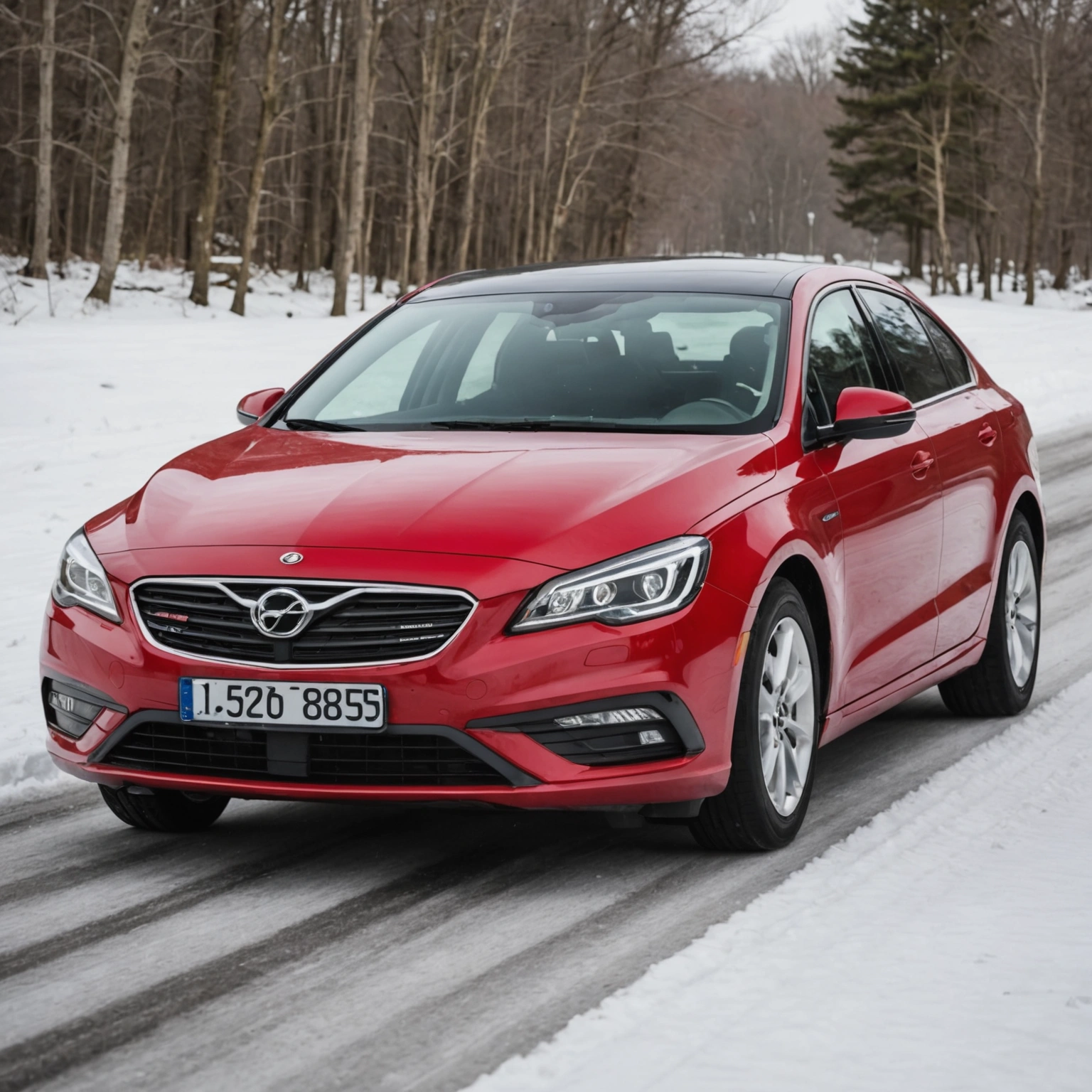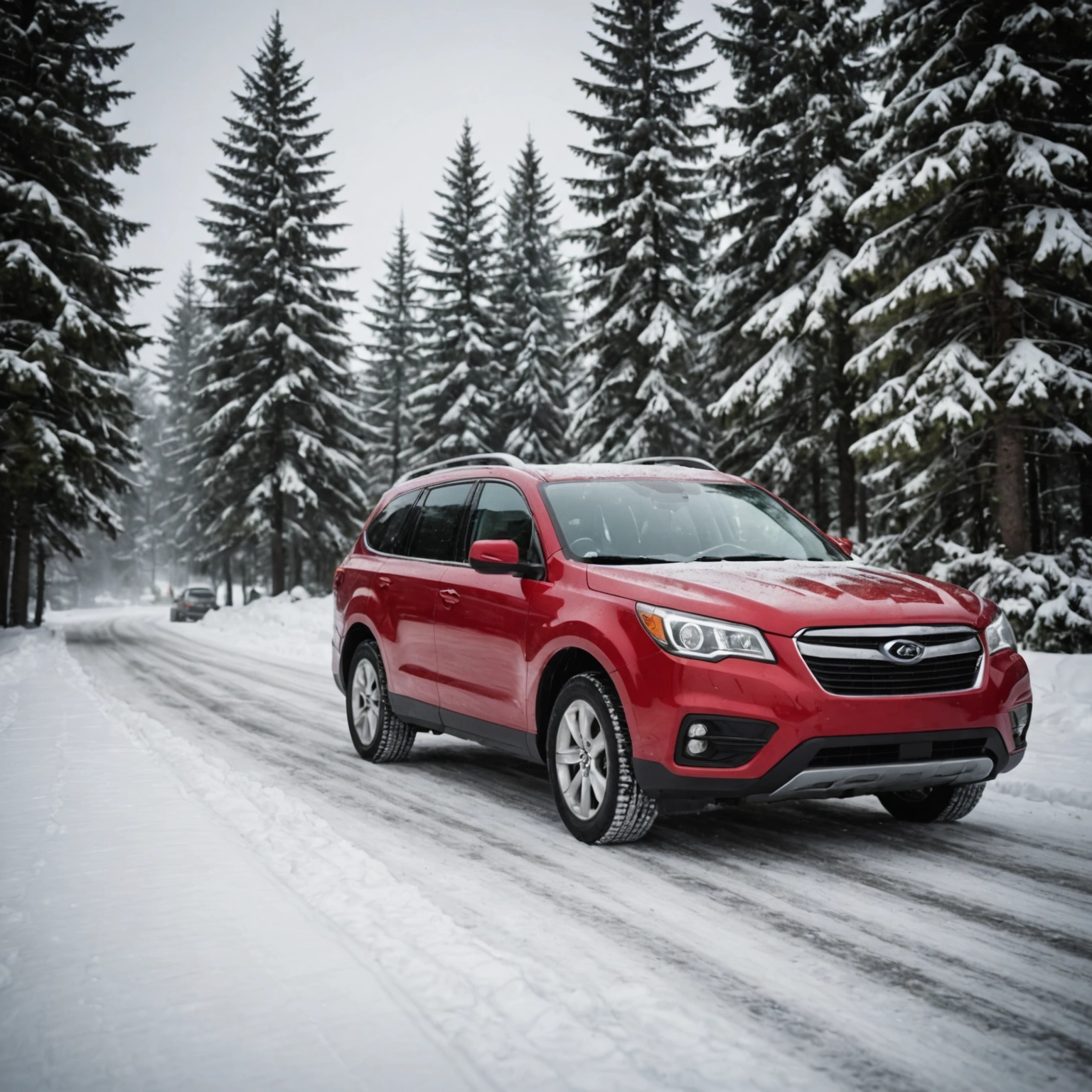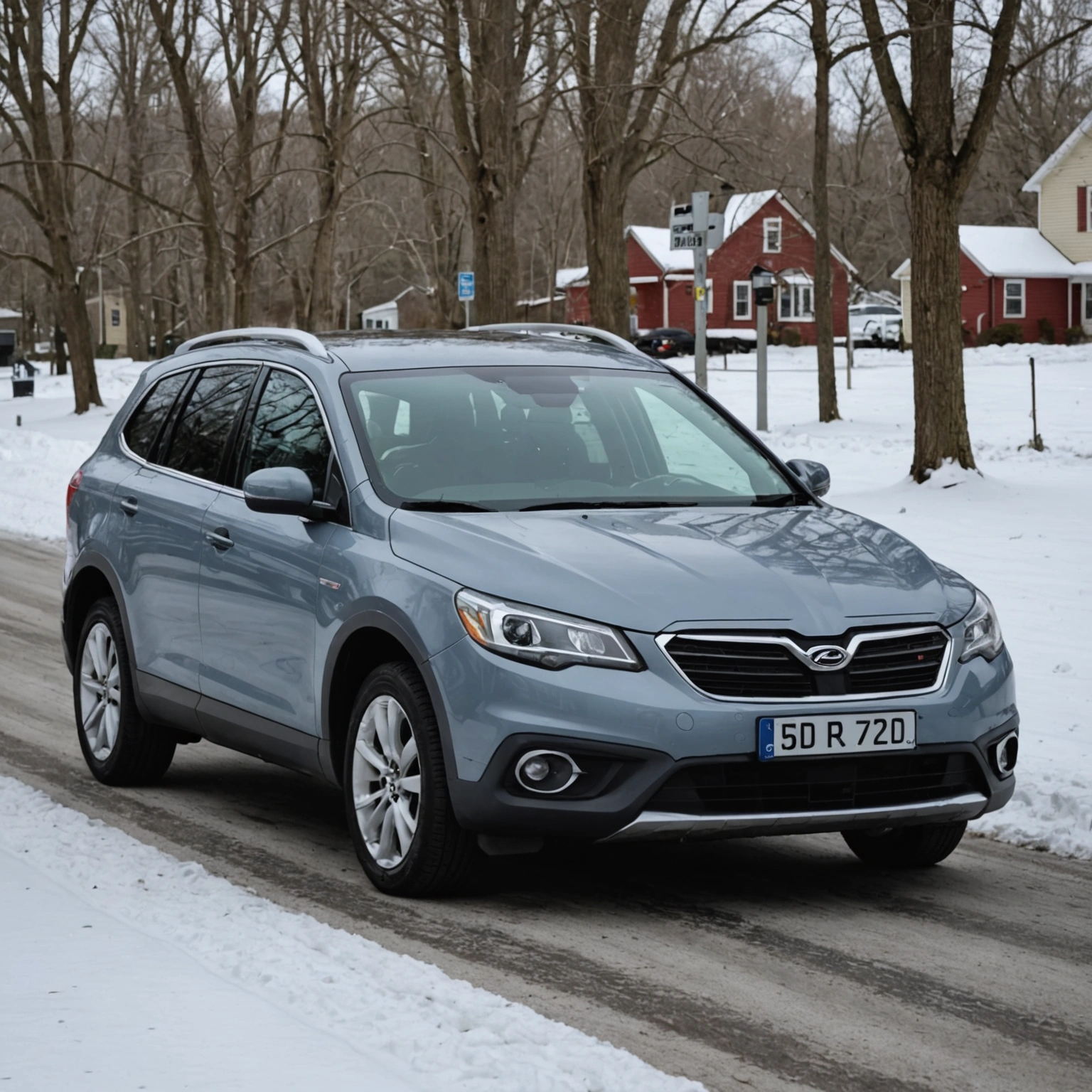**Why Does My Car Idle Rough When Cold? Understanding the Causes and Solutions**
If you’ve ever started your car on a chilly morning only to notice it idling roughly or unevenly, you’re not alone. Many drivers experience rough idling when their vehicle is cold, especially during winter months. While it can be concerning, understanding the underlying causes can help you address the issue effectively. Let’s explore why your car might idle rough when cold and what you can do about it.

### What Causes Rough Idle When Cold?
1. **Cold Start Conditions and Engine Lubrication**

When the engine is cold, the oil is thicker and doesn’t circulate as freely as it does when warmed up. This can cause increased friction within engine components, leading to rough idling until the engine reaches its optimal operating temperature.
2. **Enrichment of the Fuel Mixture**

During cold starts, the engine control unit (ECU) typically enriches the fuel mixture—adding more fuel—to help the engine start and run smoothly until it warms up. If the fuel delivery system isn’t functioning properly, this can lead to rough idling.
3. **Sensor Issues**

– **Coolant Temperature Sensor (CTS):** This sensor tells the ECU the engine’s temperature. If it’s faulty or giving incorrect readings, the ECU may not adjust the fuel mixture properly during cold starts, resulting in rough idling.
– **Mass Air Flow (MAF) Sensor:** Incorrect readings can cause improper air-fuel mixture, especially noticeable when the engine is cold.
4. **Dirty or Faulty Idle Air Control (IAC) Valve**
The IAC valve regulates the amount of air entering the engine at idle. If it’s dirty, clogged, or malfunctioning, it can cause inconsistent airflow, leading to rough idle when cold.
5. **Spark Plug and Ignition System Problems**
Worn or fouled spark plugs can struggle to fire correctly when the engine is cold, causing misfires and rough idling until the engine warms up.
6. **Vacuum Leaks**
Leaks in vacuum hoses can cause an imbalance in the air-fuel mixture, which becomes more apparent during cold start conditions.
7. **Fuel System Issues**
Problems like a clogged fuel filter, failing fuel pump, or dirty fuel injectors can impair proper fuel delivery, especially noticeable during cold starts.
### How to Fix or Mitigate Rough Idle When Cold
– **Regular Maintenance:** Ensure your vehicle is regularly serviced, including oil changes, spark plug replacements, and fuel system cleaning.
– **Check Sensors:** Have a mechanic test the coolant temperature sensor and MAF sensor to ensure they’re providing accurate readings.
– **Clean or Replace the IAC Valve:** Cleaning the idle air control valve can often resolve rough idling issues.
– **Inspect Vacuum Hoses:** Look for cracks, leaks, or disconnections and replace damaged hoses.
– **Use Quality Fuel:** High-quality fuel can help keep fuel injectors and the overall fuel system clean.
– **Allow the Engine to Warm Up:** Give your vehicle a few extra minutes to warm up before driving aggressively in cold weather.
### When to See a Professional
If your car continues to idle roughly after it has warmed up or if the problem worsens, it’s best to have a professional mechanic diagnose the issue. Persistent rough idling can lead to further engine problems if left unaddressed.
—
**In summary,** rough idling when cold is often a normal part of engine operation, but it can be caused by sensor issues, fuel delivery problems, or mechanical wear. Regular maintenance and prompt diagnosis can help ensure your vehicle runs smoothly in all weather conditions, keeping you safe and comfortable on the road.
If you have further questions about your vehicle’s performance or need professional assistance, don’t hesitate to consult your trusted mechanic.

